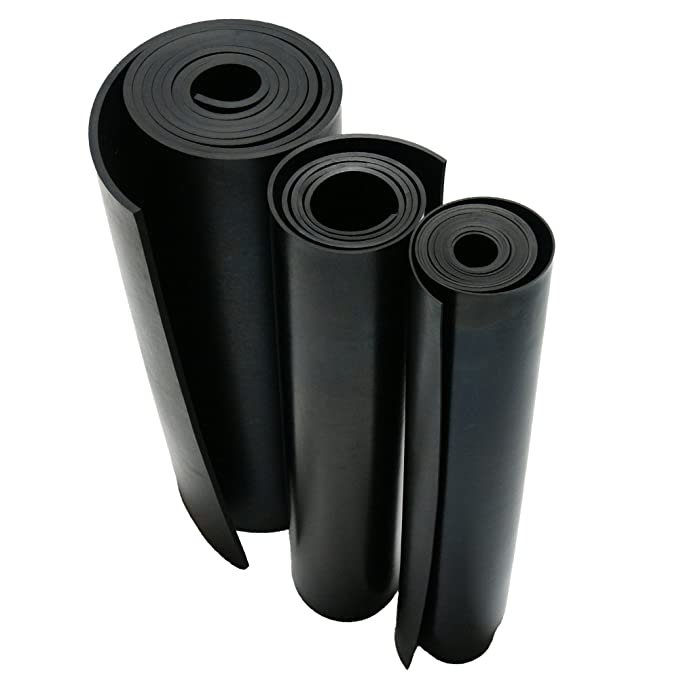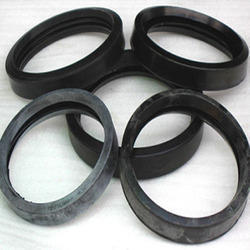Crafting Excellence: Precision in Rubber to Metal Bonding
In the dynamic landscape of industrial engineering, precision takes center stage in rubber to metal bonding, exemplified by Lusida Rubber. This intricate process yields versatile components like vibration mounts, timing belts, and silicone heater hoses.
Vibration mounts, essential for machinery stability, showcase the meticulous union of rubber and metal. The advanced bonding process ensures robust performance, effectively absorbing shocks and reducing noise in various operational environments.
Timing belts, critical for synchronized engine movement, reflect the precision achievable through rubber to metal bonding. This technique guarantees the reliability and longevity of timing belts in demanding automotive and industrial applications.
Silicone heater hoses, prized for flexibility and temperature resistance, epitomize the excellence achieved through advanced rubber to metal bonding techniques. This synergy ensures their reliability in diverse applications, from automotive to industrial sectors.
The engineering prowess of Lusida Rubber shines in precision rubber to metal bonding, crafting resilient components essential for machinery stability and performance.
Explore Lusida Rubber’s precision in rubber to metal bonding, crafting versatile components like vibration mounts, timing belts, and silicone heater hoses for industrial excellence.



